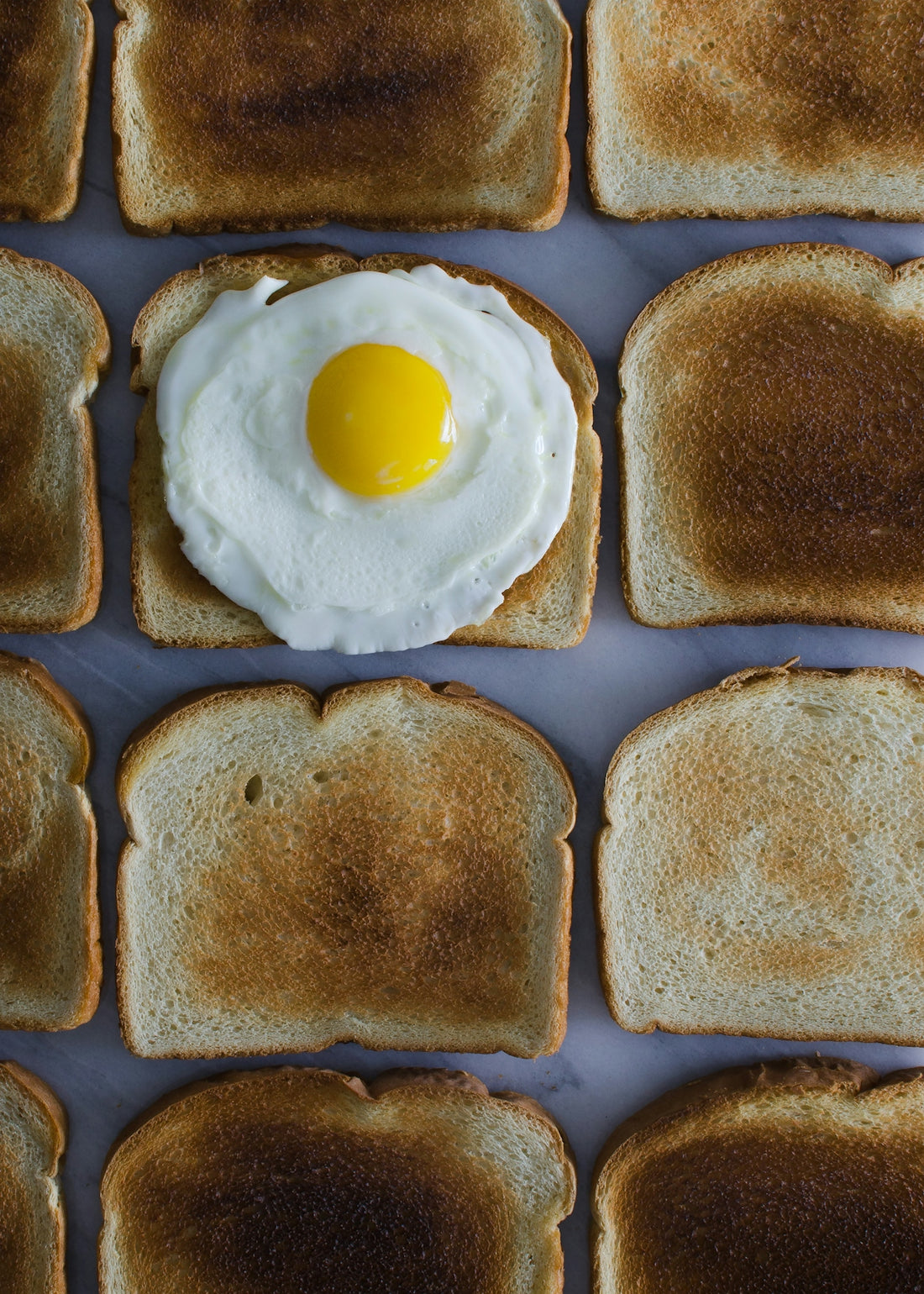
The Art and Evolution of Italian Sourdough Bread Baking Techniques
The allure of sourdough bread lies not just in its delicious, tangy taste but also in its rich, centuries-long history and the artistry involved in its craft. Italian sourdough bread, in particular, holds a high regard among sourdough enthusiasts for its unique flavors and textures. At Italian Sourdough, we are dedicated to bringing the timeless tradition of this beloved bread into modern kitchens. Today, we dive deep into the art and evolution of Italian sourdough baking techniques, emphasizing its significance and sharing insights into cultivating your own homemade sourdough masterpiece.
Sourdough Starter: The Heart of Sourdough Bread
At the core of every sourdough bread is the sourdough starter—a combination of flour and water that captures wild yeast and beneficial bacteria from its environment. This mixture is the natural leavening agent that gives sourdough bread its characteristic flavor and chewy texture. The starter's unique profile is shaped by its ingredients and the environment, leading to a fascinating diversity of sourdoughs across regions.
For an authentic Italian flavor, consider using a product like the Nonna Bella Dehydrated Sourdough Starter, which carries a Tuscan heritage dating back to the 1800s.
The Evolution of Homemade Sourdough Techniques
Sourdough's lineage traces back thousands of years, but it was the Italians who perfected the balance between art and science in bread-making. The techniques have been passed down through generations, and many bakers dedicate their lives to honing this craft. The resurgence of homemade sourdough during challenging times has inspired many of us to connect with these ancient practices in our kitchens.
From Starter to Spectacular: The Sourdough Bread Recipe
Creating the perfect sourdough bread recipe is an adventure in fermentation, patience, and pure joy. A basic Italian recipe includes flour, water, salt, and the all-important sourdough starter. Here’s a simplified process:
- Mixing: Combine your active sourdough starter with flour and water. Allow it to rest to begin the gluten development.
- Autolyse and Gluten Formation: Before adding salt, let your dough rest. This step allows enzymes to work on the dough, improving flavor and texture.
- Bulk Fermentation: Let the dough rise at room temperature, allowing time for the wild yeast to work its magic.
- Shaping: After fermentation, it's time to shape the dough—a key step that influences the bread’s final texture and appearance.
For shaping, utilizing a Silicone Baking Mat can assist in a smooth and effortless process.
- Final Proofing: Allow the dough to rest again, either at room temperature or in the fridge for slow, controlled fermentation.
- Baking: Achieving the perfect crust can be tricky. Preheating a stone, like Nonna’s 12-inch Cordierite Stone, ensures a crispy, golden crust.
Sourdough Starter Feeding and Maintenance Tips
How to Feed Sourdough Starter
Maintaining a healthy starter is essential for successful bread. Here’s how to feed your sourdough starter:
- Discard: Remove about half of your starter to make room for fresh flour and water.
- Feeding: Add equal parts of water and flour. The type of flour can affect your starter’s flavor profile.
- Mix and Wait: Stir the mixture well and let it sit at room temperature until it bubbles and rises.
A clear sourdough starter feeding schedule ensures your starter remains lively and ready for baking.
How to Store Sourdough Starter
If you bake often, storing your starter at room temperature with regular feedings is ideal. For infrequent bakers, refrigeration is a practical option, feeding it weekly to keep it active. A well-kept starter can last a lifetime, capturing a family legacy with every loaf.
Mastering Sourdough: Baking Tips and Troubleshooting
Sourdough Baking Tips
- Temperature Control: Both the dough and the room temperature impact fermentation times and flavors. Warmer environments speed up the process; cooler ones slow it down.
- Hydration Levels: Moist doughs can yield a more open crumb structure but require skillful handling.
- Build Flavor with Time: Long fermentation periods enhance flavor and improve texture.
Sourdough Troubleshooting
- Dense Loaves: Often due to under-proofing or low hydration.
- Sourness Is Off: Adjust the feeding schedule or flour type. Rye or whole wheat enriches flavors.
- Flat Loaves: Too much handling or over-proofing can deflate your dough.
For further assistance, a Sourdough Starter Kit available here can guide beginners through crafting the perfect starter.
The Health Benefits: Sourdough for Diabetics and Others
Sourdough's unique fermentation process offers numerous health benefits:
- Digestibility: The long fermentation breaks down gluten, making it easier to digest.
- Blood Sugar Control: Its low glycemic index makes it a suitable option for diabetics.
- Nutrient Availability: Fermentation also increases the availability of essential nutrients.
The Legacy of Sourdough Starters
Is a sourdough starter with a long legacy better? Some bakers believe older starters carry richer, more complex flavors due to their history and microbial diversity. However, every starter is unique, shaped by its environment and care.
Expanding the Sourdough Repertoire
The versatility of sourdough extends beyond bread:
- Sourdough Pizza Dough: Pair your dough with the perfect bake using Nonna’s Wooden Pizza Board.
- Sourdough Bagels: Chewy and flavorful, with that distinct sourdough tang.
- Sourdough Discard Recipes: Reduce waste by using discard in pancakes, muffins, or batters.
Conclusion: Embracing My Sourdough Life
Embracing “My Sourdough Life” means more than just baking; it’s about participating in a living tradition that’s nourished communities for centuries. The skills and knowledge acquired through artisan bread baking are a testament to human creativity and resilience.
For expert advice and more on Italian sourdough brewing, head to Italian Sourdough. Whether you're just beginning or fine-tuning your craft, the journey of sourdough is filled with endless possibilities and joys.
